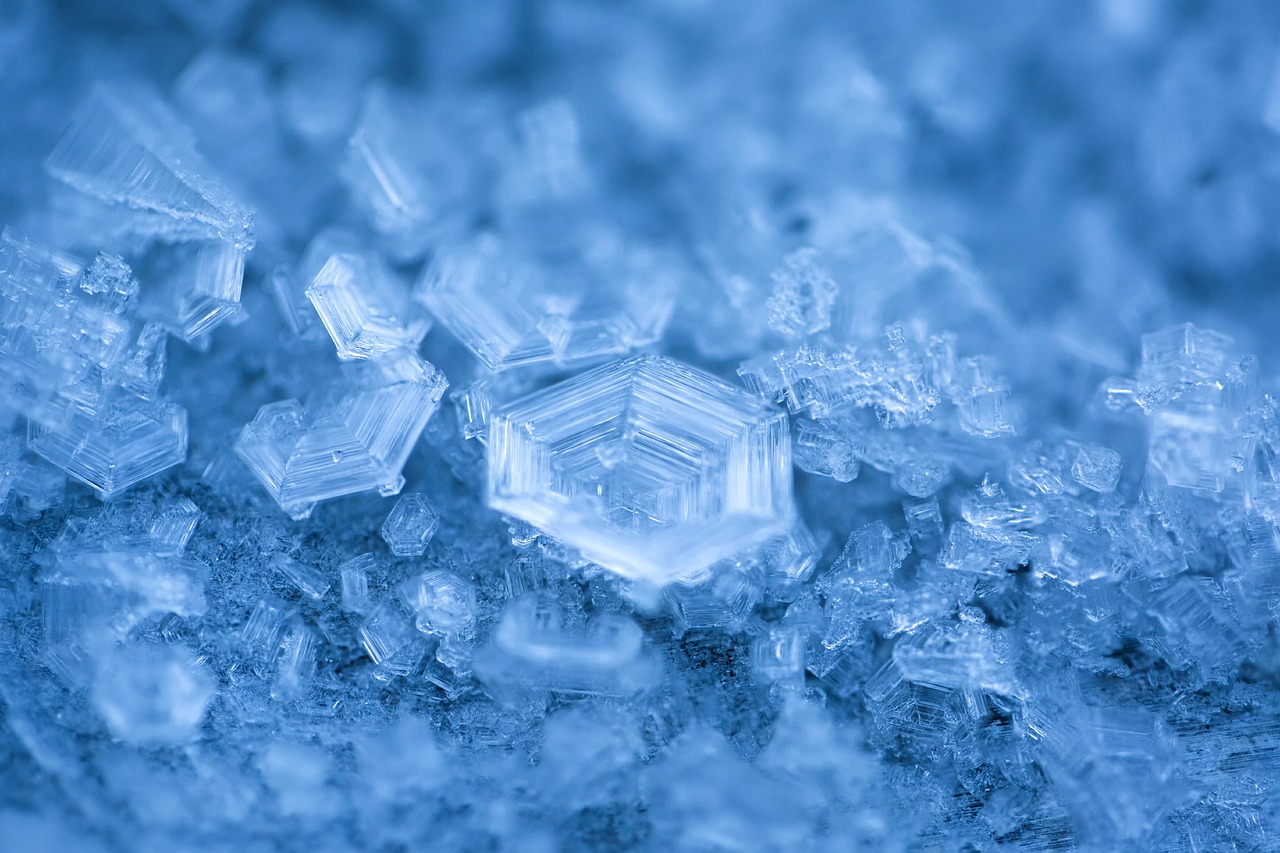by Nina Munteanu
It was early winter, before the snows, as I entered the large cedar swamp-forest and felt magic touch my shoulder.
It wasn’t just the deep soggy forest and the twittering birds or the fresh pungent smell of cedar in the air. Or the lanky trees creaking in the warm wind. There was something in the air that stirred my senses. The magic of discovery.
Amid the soft hush of the breeze through the leaves, the tall trees leaned into each other, groaning and clanking like whispering gossips. Moss crept up their widely planted feet. It carpeted the russet duff on the ground with splashes of fluorescent green. Several over two-hundred-year old cedars had fallen and their decaying bodies were feeding a whole new generation of trees. Cedars growing on cedars. I left the path and climbed onto a several metre-wide and twenty-metre long moss-covered cedar corpse. My steps sprang over spongy ground—now a mixture of rich soil, decaying wood, fungus and detritus. I could make out the black fibrous layers of decaying wood beneath a carpet of moss and dead leaves.

I’ve been told that the heartwood of eastern white cedar (Thuja occidentalis) is highly resistant to moisture, decay and insect infestation due to the phytoncides (oils and acids) it produces; it’s these compounds that give off its distinctive pleasant and calming aroma. Many of the compounds are variants of thujone and include alpha pinene, alpha thujone, beta thujone, bornyl acetate, camphene, camphone, delta sabinene, fenchone and terpinenol.
A fallen cedar can remain intact, slowly decomposing on the forest floor for over a century. This is due to its natural preservative that is toxic to decay-causing fungi. Nursery logs provide rich habitat for seedlings to take root and a complexity of growing plants, fungi, liverworts, and other wildlife to thrive in. These ancient trees play a vital role in climate balance. They store two to three times more carbon than second-growth trees. Because of their slow decay, cedars lock carbon in their biomass for a longer period—creating a slow and efficient carbon store. Even dead snags and nursery logs continue to store carbon as they provide habitat for other living things.
Simply walking in a cedar forest can directly boost your health by breathing in its aerosols: cedar oils (terpenes) help boost our immune systems; cedars have anti-oxidant compounds and anti-inflammatory compounds. You also help your well-being by listening to the forest’s curative infrasounds and other frequencies; they help to quiet your mind. The benefits are numerous: from heightened calmness, creativity and problem solving, greater immunity, to a greater sense of general well-being and overall happiness. When you spend time in the forest, you inhale beneficial bacteria, plant-based essential oils, and negatively charged ions.
The eastern white cedar also contains high amounts of vitamin C (50 mg of vitamin C per 100 grams). Because of this, various parts of the tree (mostly leaves and bark) are used in herbal medicine, mainly for their immune-system stimulating effects. When 16th century explorer Jacques Cartier and his men fell ill with scurvy, the native people helped treat them with a tea from this conifer. The tea is made by dropping several small pieces of cedar leaves into water that has just been boiled and allowed to steep for five to seven minutes then strained into a fresh menthol-aromatic tea.
Curious to taste cedar tea, I convinced good friend Merridy to accompany me on my next excursion to my magic cedar swamp forest in the Trent Nature Sanctuary near Peterborough, Ontario. We collected some fresh leaves from a fairly-young tree then upon returning to Merridy’s place, we boiled some water and cut up the cedar leaves, which gave off a refreshing citrus camphor smell. I dropped the fresh leaves into the pot of boiled water and let it steep for seven minutes then poured the light-coloured tea into two cups. The tea was hardly more than water. There was just the hint of colour, no more. I inhaled the tea and took in a very mild scent of cedar. More like a woodsy smell.

Then we took our first sips. We shared our first impressions: “Tastes like cedar,” said Merridy unceremoniously and gave a short laugh. Then she added, “It has a mild delicate taste.” I was pleasantly surprised at the gentleness of the flavour. The first sip took in subtle notes of the forest with an aftertaste of cedar. The second larger sip yielded more robust citrusy and astringent notes of cedar bark and wood. I could detect the sharper complexity of terpines. It was fresh like a forest breeze in springtime. In short, it was delightful.
Despite its beneficial properties, cedar tea should not be taken in excess. One of the reasons is thujone, a volatile monoterpene ketone with a menthol odour, best known as the chemical compound in the spirit absinthe. The eastern white cedar contains an appreciable amount of thujone (hence the tree’s genus name Thuja). This monoterpene can be toxic to brain, kidney, and liver cells and can cause convulsions if taken in too high a dose. Given its interference with certain neuro-receptors, small doses of thujone may convey stimulating mood-elevating effects. The lesson here is that if you drink cedar tea, do so in moderation. Enjoy its beneficial qualities, but respect its other qualities!
A Puffball Treasure
Back in the cedar swamp forest, I was crawling on the spongy ground, clutching my camera to take some close shots of the bright moss that was fruiting in profusion. Before I knew it, I’d stumbled into the dip between two giant decayed logs. There, like Indiana Jones in the deep jungles of Borneo, I discovered my hidden gold: puffballs!

Dozens of them littered the ground, looking like eggs, as though some puffball-hen had laid them. Whitish, round and with a paper-like texture, each plump spore sac pouted with a beaked mouth (peristome) and sat nested in a star-like “collar” (exoperidium) with decorative cracks and fissures. The puffballs resembled a chorus of singers “oohing”. I identified the puffball as a Collared Earthstar (Gaestrum triplex), a saprobic fungus that commonly grows in humus-rich deciduous/coniferous forests amid leaf litter. The puffballs release their spores when the wind blows past the pointed “mouths” or when they are disturbed by rain or animals—like me. Reverting to a childhood inclination, I poked one with my finger and it released a yellowish-green cloud of spores. I clapped my hands with glee and realized that I’d just opened a door to magic.

Then it started to rain. First a light rain that sizzled over the ground and vegetation. Then drumming. And finally pelting. I inhaled the freshness in the air and didn’t mind that I would soon be soaked—my raincoat wasn’t really a raincoat, more like a cheap wannabe. I didn’t mind because the magic was transforming and I was part of it.
With the rain, the greens and russets grew intense. The moss sparkled. The air grew thick with moisture and a mist veiled the forest in soft gossamer. When I looked down at my puffballs, I noticed that the delicate whitish rice-paper spore sacs had transformed into tan-coloured rubber balls that sprang back like pressurized balloons if poked. I would never have imagined this and found myself grinning in the magic of discovery.
Just as I made to leave this magical cedar swamp forest, I caught sight of what looked like an errant wandering puffball on top of one of the ancient logs. Unlike the others whose spore sacs were nestled in an outer collar, this puffball’s spore sac was perched proudly high, atop a series of ‘legs,’ the rays of the outer peridium. The puffball resembled an octopus standing on its many tentacles. I later identified it as another species of Earthstar, the Beaked Earthstar (Geastrum pectinatum), which likes to live under (and on) conifers.
The puffball looked like it was going on walkabout. Perhaps I would join it.











